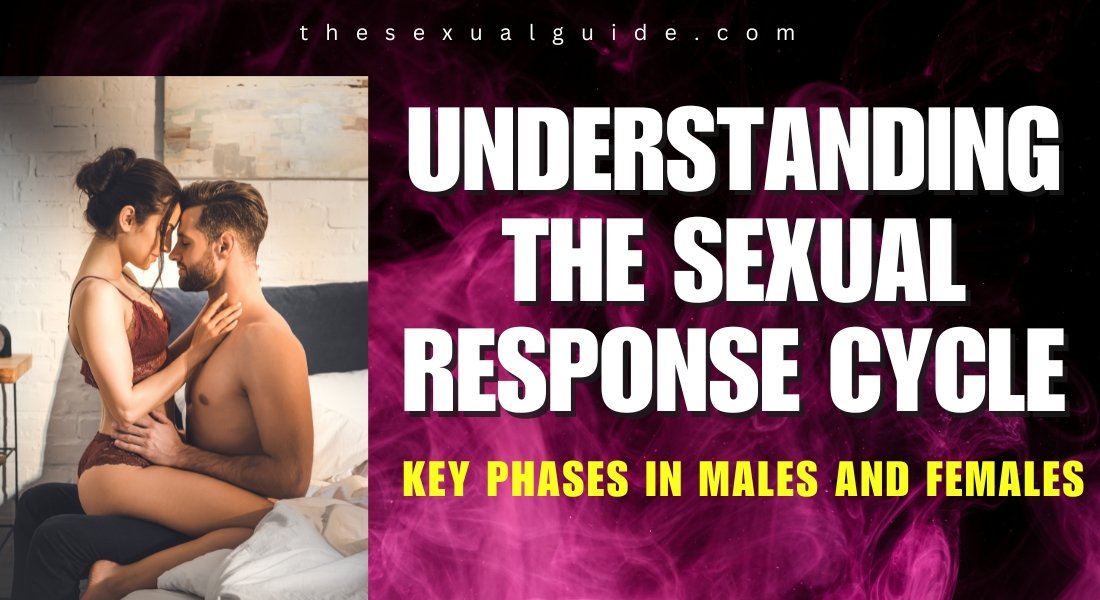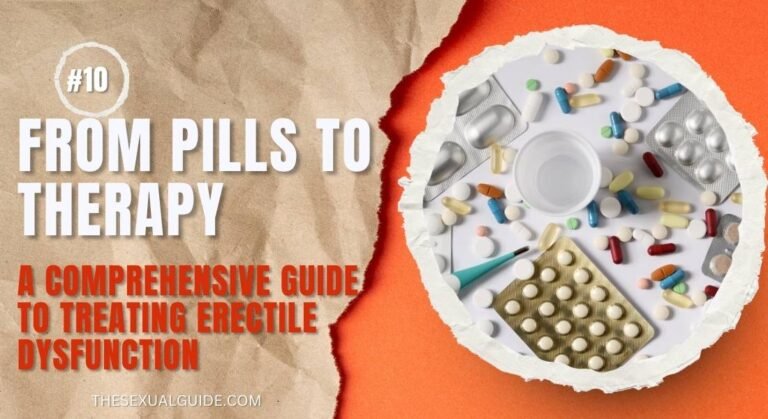Sexuality is a complex and integral part of human life, influenced by physical, emotional, and psychological factors.
The sexual response cycle, a framework developed by researchers, helps us understand how the body responds during sexual activity.
While the experience varies between individuals, the cycle generally follows four phases: excitement, plateau, orgasm, and resolution.
Let’s break down these stages and explore how they differ between males and females.
What Is the Sexual Response Cycle?
The sexual response cycle describes the physiological and emotional changes that occur during sexual activity.
It provides a roadmap for understanding how the body prepares for, experiences, and recovers from sexual stimulation.
While the cycle is similar for both sexes, there are notable differences in how males and females experience each phase.
The Four Phases of the Sexual Response Cycle
1. Excitement Phase
The excitement phase marks the beginning of sexual arousal. It can be triggered by physical touch, visual cues, or even thoughts and fantasies. During this phase:
- In Males: Blood flows to the penis, causing an erection. The testicles may also elevate slightly.
- In Females: Blood flow increases to the genitals, leading to vaginal lubrication and swelling of the clitoris and labia. The nipples may become erect.
This phase can last anywhere from a few minutes to several hours, depending on the individual and the context.
2. Plateau Phase
The plateau phase is a period of heightened arousal just before orgasm. During this stage:
- In Males: The penis becomes fully erect, and the testicles continue to elevate. The body prepares for ejaculation.
- In Females: The clitoris becomes more sensitive, and the vaginal walls may swell further. Breathing and heart rate increase.
This phase is often described as a “peak” of arousal, where the body is primed for orgasm.
3. Orgasm Phase
Orgasm is the climax of the sexual response cycle, characterized by intense physical and emotional pleasure. Key features include:
- In Males: Rhythmic muscle contractions lead to ejaculation, releasing semen. This is often accompanied by a sense of euphoria.
- In Females: The muscles around the vagina and uterus contract rhythmically. Some women may also experience ejaculation of fluid from the Skene’s glands.
Orgasm typically lasts only a few seconds but can vary in intensity and duration.
4. Resolution Phase
After orgasm, the body returns to its normal state during the resolution phase. This phase differs significantly between males and females:
- In Males: A refractory period occurs, during which it’s difficult or impossible to achieve another erection or orgasm. This period can last from minutes to hours, depending on age and other factors.
- In Females: There is no refractory period, meaning women can experience multiple orgasms in a short time if stimulation continues.
Key Differences Between Males and Females
While the sexual response cycle is similar for both sexes, there are some notable differences:
- Refractory Period: Males typically experience a refractory period after orgasm, while females do not.
- Multiple Orgasms: Females are more likely to experience multiple orgasms in a single session.
- Arousal Time: Females often take longer to reach the excitement and plateau phases compared to males.
Factors Influencing the Sexual Response Cycle
Several factors can affect how individuals experience the sexual response cycle:
- Psychological State: Stress, anxiety, or relationship issues can hinder arousal and orgasm.
- Physical Health: Conditions like diabetes, cardiovascular disease, or hormonal imbalances can impact sexual function.
- Medications: Certain drugs, such as antidepressants, may affect libido and sexual performance.
- Age: Hormonal changes and reduced blood flow can alter sexual response as people age.
Enhancing Sexual Health and Intimacy
Understanding the sexual response cycle can help individuals and couples improve their sexual experiences. Here are some tips:
- Communicate Openly: Discuss preferences, boundaries, and concerns with your partner.
- Focus on Foreplay: Spend time on activities that enhance arousal, especially for females who may take longer to reach the plateau phase.
- Explore Sensate Focus: This technique involves focusing on touch and sensation without the pressure of achieving orgasm.
- Seek Professional Help: If you experience persistent sexual difficulties, consider consulting a therapist or healthcare provider.
Common Sexual Dysfunctions
Sexual dysfunctions can disrupt the sexual response cycle. Some common issues include:
- Erectile Dysfunction (ED): Difficulty achieving or maintaining an erection.
- Premature Ejaculation: Ejaculation that occurs too quickly.
- Female Sexual Arousal Disorder: Difficulty becoming aroused or maintaining arousal.
- Anorgasmia: Inability to achieve orgasm.
These conditions are often treatable with therapy, medication, or lifestyle changes.
Conclusion
The sexual response cycle is a fascinating and complex process that varies between individuals and genders.
By understanding its phases and the factors that influence it, you can enhance your sexual health and intimacy.
Remember, open communication, patience, and a willingness to explore are key to a fulfilling sexual experience.
FAQs- Understanding the Sexual Response Cycle: Key Phases in Males and Females
1. What is the sexual response cycle?
The sexual response cycle is a series of physiological and emotional changes that occur during sexual activity. Traditionally, it’s divided into four phases: Desire (or excitement), Arousal, Orgasm, and Resolution. These stages can vary in intensity and duration for each person.
2. Are the phases of the sexual response cycle the same for men and women?
The basic phases are similar, but the experience can differ. For example, women may move through the phases more gradually, and some can experience multiple orgasms without a refractory period. Men typically have a refractory period after orgasm, during which arousal and erection are temporarily not possible.
3. What is the difference between desire and arousal?
Desire refers to the psychological interest or mental readiness for sex, while arousal involves the physical response, such as erection in males or vaginal lubrication and swelling in females. One can occur without the other, and both are important for a satisfying experience.
4. What happens during the resolution phase?
In the resolution phase, the body returns to its normal resting state. Blood flow reduces, muscles relax, and heart rate slows. This stage often brings a sense of relief and relaxation, and may involve emotional closeness or cuddling for many people.
References
- Britannica: Sexual Response Cycle
- Sexual Medicine Society of North America: An Overview of the Sexual Response Cycle
- Planned Parenthood: Orgasms
- American Sexual Health Association: Hypoactive Sexual Desire Disorder
- Merck Manual: Overview of Female Sexual Function and Dysfunction






